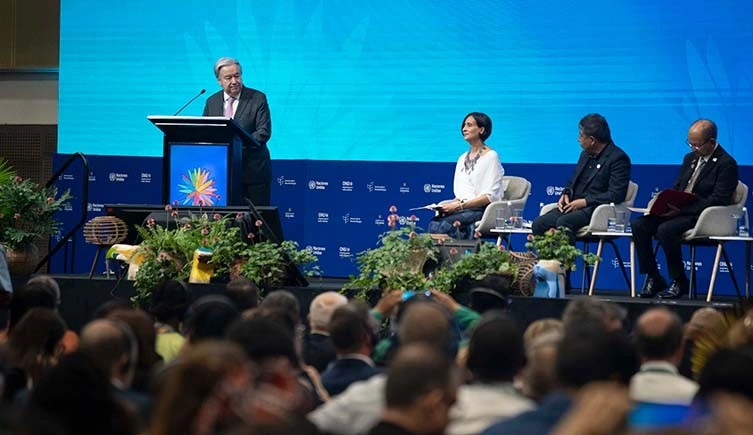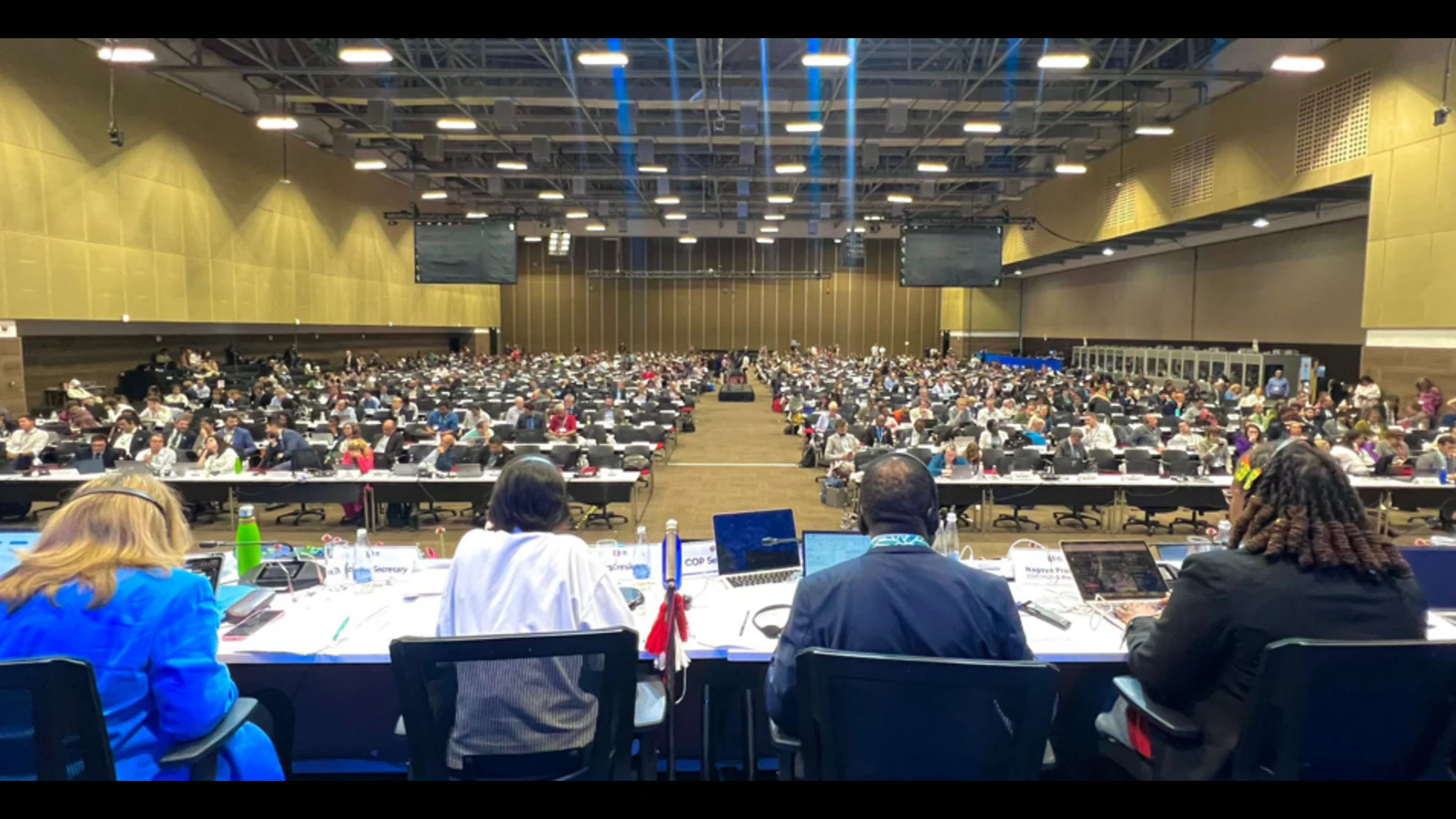The most recent worldwide summit ended in Cali, Colombia, following intense discussions among countries at COP16 Biodiversity.
During the meeting, participants managed to reach a consensus on the representation of Indigenous Peoples and advanced in discussions on the advantages of sharing digital sequence information. However, the session was unable to continue due to time constraints, preventing further discussions on financial support, objectives, and other important matters.
Important choices regarding the preservation of the environment will be postponed until the following year, as the global community failed to finalize a new pact at the biodiversity conference COP16.
Even though talks went on all night during the conclusion of the two-week conference, the session on the Convention on Biological Diversity was halted early on Saturday, 2nd November. Upon inspection of the venue, it was discovered that there weren’t sufficient participants remaining to ensure the votes would hold legal weight.

A large number of negotiators were compelled to depart from COP16 to catch their flights, resulting in important votes on conservation goals and financial support being postponed.
While these decisions will be left until nations reconvene in Thailand next year, COP16 did manage to make progress on a number of issues. A new body representing the rights of Indigenous Peoples and local communities (IPLC) was established, while a tentative agreement was made on payments for genetic information.
Key Takeaway for COP16 Biodiversity
1. Global Biodiversity Fund Expansion
One of the most significant achievements at COP16 was the commitment to expand the Global Biodiversity Fund. This expanded fund is designed to provide financial resources to developing countries, ensuring equitable support for biodiversity projects worldwide. By increasing this funding, COP16 aimed to empower nations with fewer resources to make substantial conservation strides.
2. Strengthening Indigenous Rights and Participation
Indigenous communities, often at the forefront of biodiversity preservation, were a central focus at COP16. The summit underscored the importance of integrating Indigenous knowledge and practices into conservation strategies. COP16 participants agreed to elevate Indigenous voices in decision-making processes, recognizing the key role they play in safeguarding ecosystems.
3. Focus on Restoration and Rewilding
In line with the UN Decade on Ecosystem Restoration, COP16 amplified efforts to restore degraded ecosystems. Countries committed to ambitious rewilding projects and ecosystem recovery initiatives that target deforestation, wetland degradation, and coral reef bleaching. These projects will not only enhance biodiversity but also contribute to climate resilience.
4. 2030 Biodiversity Targets and Monitoring
The summit set out specific targets for 2030, with emphasis on restoring 30% of the world’s degraded land and ocean ecosystems. An advanced monitoring framework was introduced to track progress, with countries agreeing to submit bi-annual reports on biodiversity conservation efforts, ensuring accountability and transparency in achieving these goals.
5. Climate and Biodiversity Synergies
COP16 Biodiversity highlighted the intersection of biodiversity and climate action, promoting strategies that address both crises simultaneously. Key discussions included integrating nature-based solutions, such as afforestation and wetland restoration, to combat climate change while enhancing biodiversity.
6. Corporate Accountability for Biodiversity
The summit saw a growing demand for corporate responsibility in biodiversity conservation. COP16 Biodiversity encouraged industries to adopt sustainable practices and reduce their ecological footprints. Participating nations agreed to introduce regulatory frameworks that require businesses to disclose their environmental impact and prioritize biodiversity-friendly practices.
7. Public Awareness and Education Initiatives
Education on biodiversity conservation emerged as a critical agenda item. COP16 committed to global campaigns and educational programs aimed at fostering environmental stewardship, particularly among youth. Through these initiatives, the summit emphasized the role of collective action in achieving long-term biodiversity goals.




